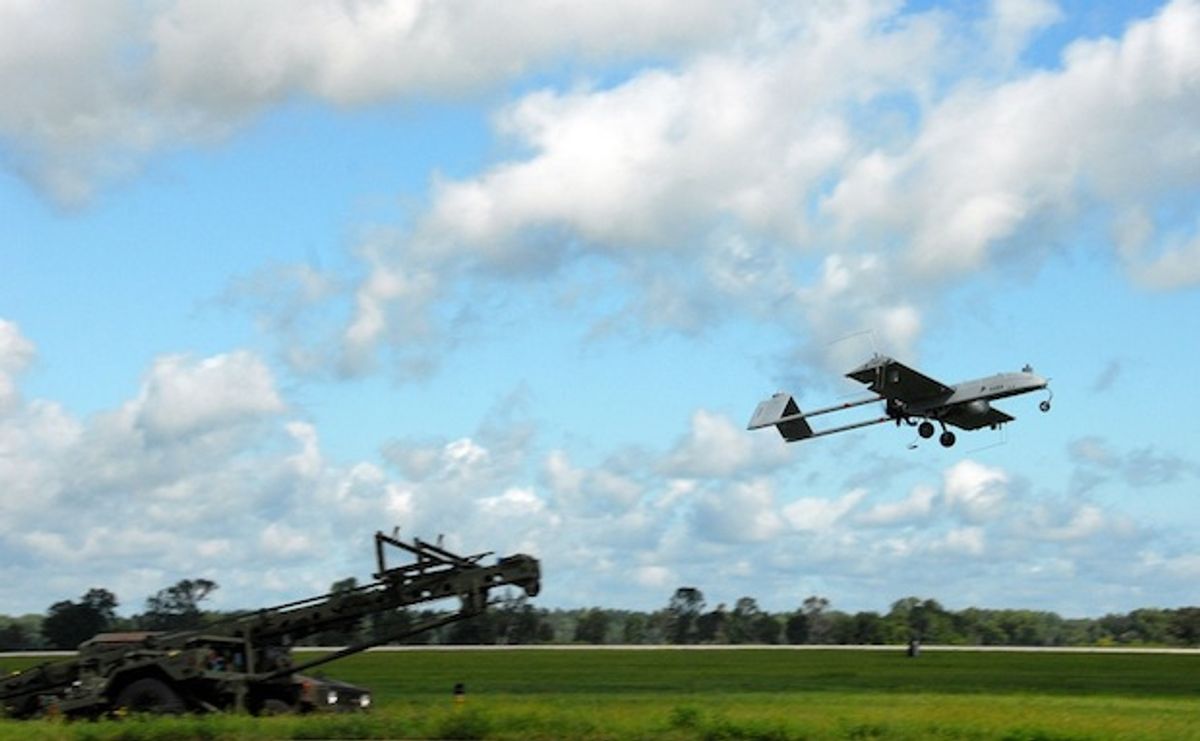The military is pouring a huge amount of resources into unmanned systems like UAVs. Every year, drones get fancier and more capable, which means that there's an increasing number of slightly less fancy and slightly less capable drones gathering dust and feeling lonely in a hangar somewhere. The U.S. Defense Advanced Research Projects Agency (DARPA) has an idea of what these drones might be good for: not delivering weapons, not surveillance, but instead providing mobile high-speed network connectivity for deployed troops.
DARPA’s Mobile Hotspots program will develop a "reliable, on-demand capability for establishing long-range, high-capacity reachback that is organic to tactical units." In the practical sense, this means building a pod crammed with networking equipment that can fit on the wing of a spare RQ-7 Shadow UAV. Inside the pod are steerable millimeter-wave antennae that act as a relay, providing a local wireless network with a 1 Gb/s capacity.
In March, Phase 2 of the Mobile Hotspots program granted funding to several private companies to integrate the necessary technology into both UAV pods and associated ground vehicles. This phase will conclude with a demonstration of all of the pieces working together, while the final phase should showcase a mature, deployable system of multiple SRQ-7 Shadow UAVs providing a robust mobile network.
Drones are certainly one way to go if you need to deploy a temporary wireless network over a large area flexibly and quickly, but systems like these aren't efficient for long-term use. For a more permanent solution, options like blimps or HALE (High Altitude Long Endurance) UAVs powered by the sun are likely a better way to go until infrastructure on the ground can be established. On the other hand, ground infrastructure is expensive to build and maintain and difficult to upgrade, which makes it worth asking if there might come a point at which it would make sense to replace things like cell towers with autonomous aerial relays even in developed areas.
Via [ DARPA ]
Evan Ackerman is a senior editor at IEEE Spectrum. Since 2007, he has written over 6,000 articles on robotics and technology. He has a degree in Martian geology and is excellent at playing bagpipes.




